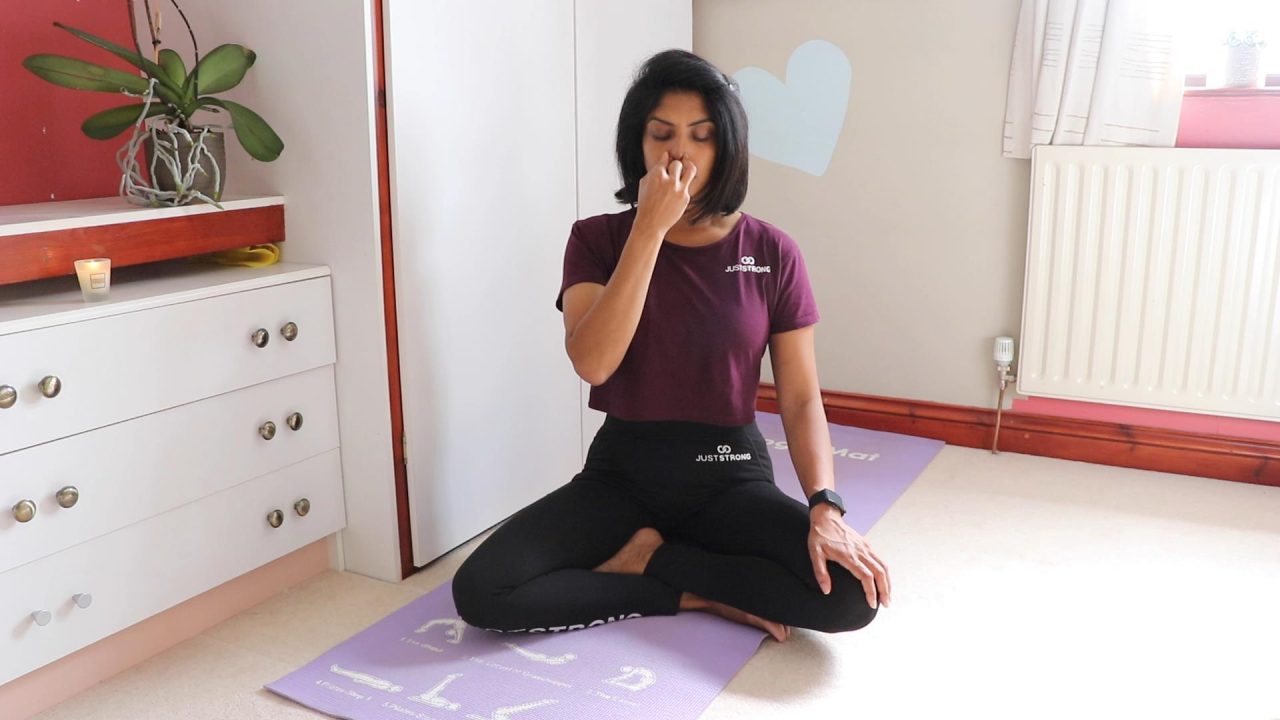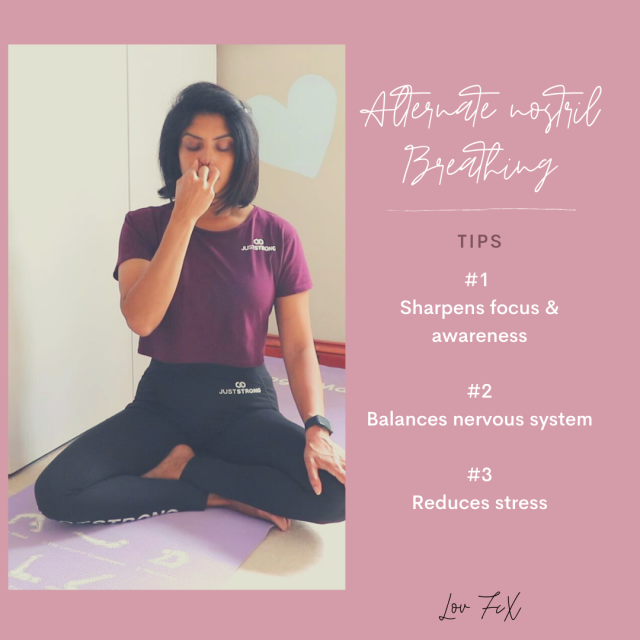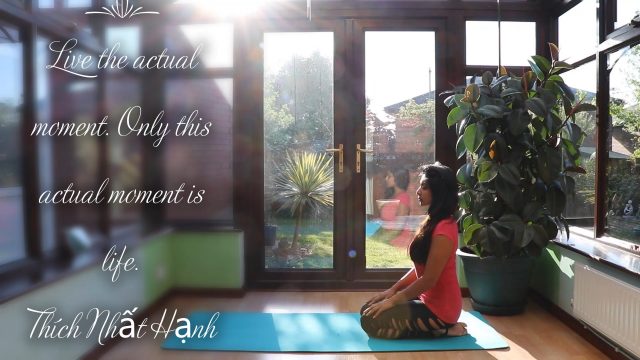While only 6 percent of Fortune 500 CEOs are women, the proportion of women CEOs who were athletes is similar—90 percent of them played sports at some point, and 54 percent played sports at the university level. According to studies, a significant number of female executives and CEOs have a background in sports. Here are some interesting findings:
Ernst & Young surveyed high-level executives and discovered that 90% of women sampled had played sports at some point in their lives. Among women currently holding a C-suite position, this proportion rose to an impressive 96%.
For instance:
– Meg Whitman, the CEO of Hewlett-Packard, was the captain of her high school swim team and also played varsity lacrosse, tennis, and basketball.
– Indra Nooyi, the CEO of PepsiCo, played cricket during her college years.
– Lynn Elsenhans, the CEO of Sunoco, played on Rice University’s first women’s basketball team.
– Irene Rosenfeld, the CEO of Mondelez International, participated in four varsity sports in high school and played NCAA basketball at Cornell University.
Sports can contribute to business success in several ways:
– Character Building: Athletics instil qualities like determination, teamwork, and discipline, which often spill over into the business world.
– Networking Opportunities: Sporting organizations provide valuable networking platforms.
– Reflecting Privilege: Participation in sports may attract competitive individuals with leadership potential.
So, it seems that playing sports can indeed be a stepping stone to leadership positions, especially for women in executive roles!
In the fast-paced world of modern entrepreneurship, achieving peak performance is not merely a goal but a necessity. As research shows, sport and physical activity play a crucial role in supporting the success and mental wellness of individuals, particularly female CEOs.
Maria Sharapova, the renowned tennis start, has made significant strides in both mental wellness and the corporate world. She advocates for setting aside dedicated time for self-reflection and introspection, enabling individuals to understand the impact of their experiences on their health, habits, and techniques. Sharapova highlights the value of challenging oneself, both physically and mentally, and leveraging the resilience gained from such experiences in daily life.
Drawing inspiration from the success stories of female CEOs, integrating sports and physical activity into everyday routines emerges as a cornerstone of peak performance. Whether it’s a morning jog, a yoga session, or a friendly game of tennis, engaging in physical exercise offers numerous benefits beyond mere fitness. Exercise has been linked to improved cognitive function, enhanced mood, and increased productivity, all of which are essential for thriving in today’s competitive landscape.

Furthermore, the camaraderie and teamwork fostered through sports participation contribute to the development of crucial leadership skills. Female CEOs who have a background in sports often cite traits such as discipline, resilience, and the ability to perform under pressure as key factors in their success. These qualities are not only cultivated on the field but are also transferable to the boardroom, where effective leadership is paramount.
In addition to regular exercise, incorporating mindfulness practices into daily routines can further enhance performance and well-being. Mindfulness techniques, such as meditation and deep breathing exercises, have been shown to reduce stress, improve focus, and promote emotional regulation. By carving out time for mindfulness amidst busy schedules, individuals can cultivate a sense of balance and clarity that is essential for making sound decisions and managing responsibilities effectively.
Moreover, maintaining a healthy work-life balance is integral to sustaining peak performance over the long term. Female CEOs who prioritize self-care and personal fulfilment outside of work are better equipped to handle the demands of leadership roles. Whether it’s spending time with family, pursuing hobbies, or simply disconnecting from technology, creating boundaries and honouring personal needs are essential for preventing burnout and maintaining resilience.
In essence, achieving peak performance extends far beyond the confines of a three-day programme or retreat. It involves cultivating a holistic approach to well-being that encompasses physical activity, mindfulness, and work-life balance. By drawing inspiration from the experiences of successful female CEOs who have leveraged sports to support their journey, individuals can integrate these techniques into their everyday lives, empowering themselves to thrive in both their personal and professional pursuits. Personally I see success in my clients when we discuss the power of intention setting, embracing challenges, and carrying forward the perspective and resilience gained from such experiences into every facet of life.
Looking to elevate your team's performance and wellbeing? Drop me a message if you're ready to take the next step towards a healthier, happier, productive workforce by empowering individuals to unlock their full potential into the boardroom and beyond.






